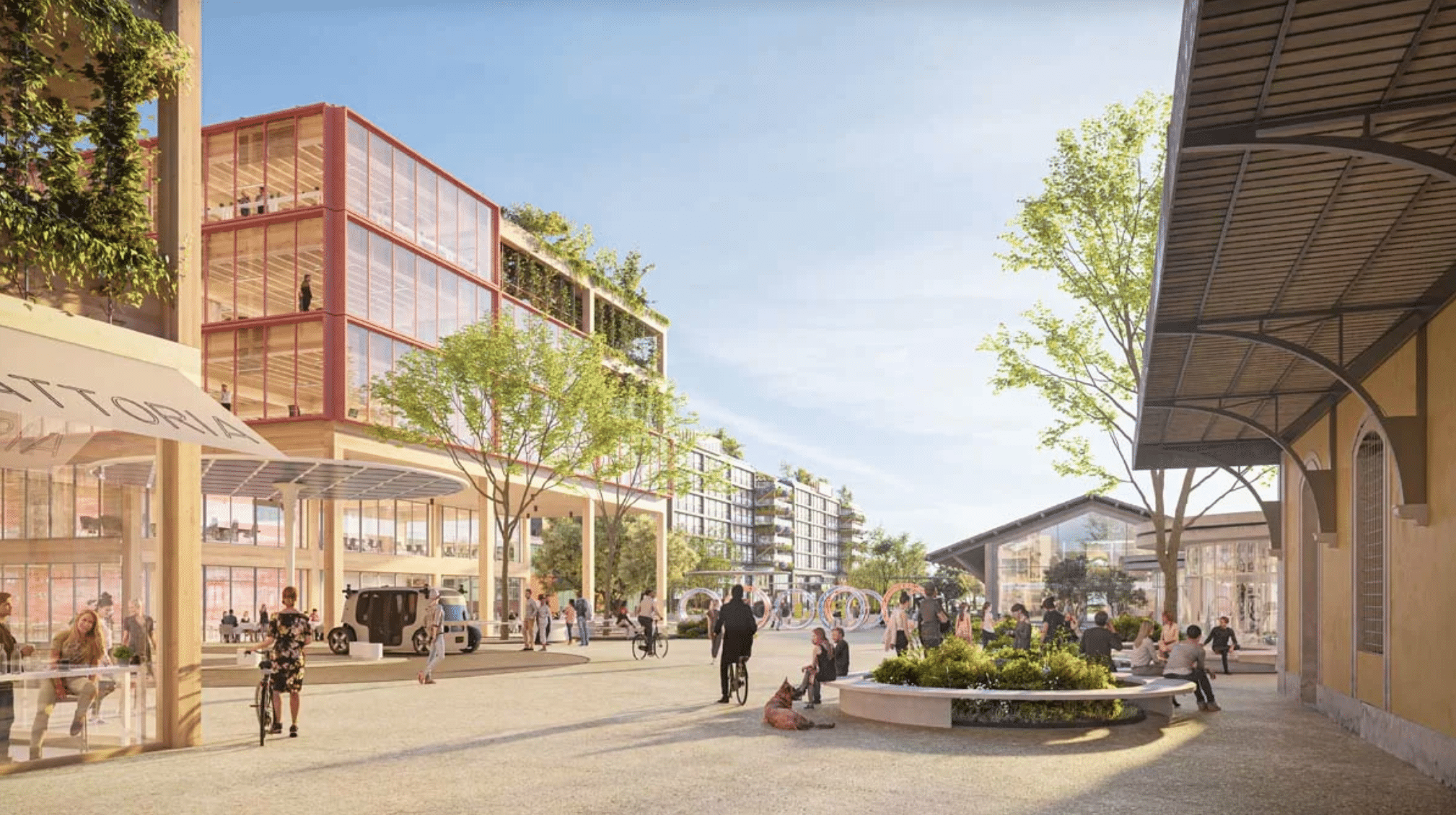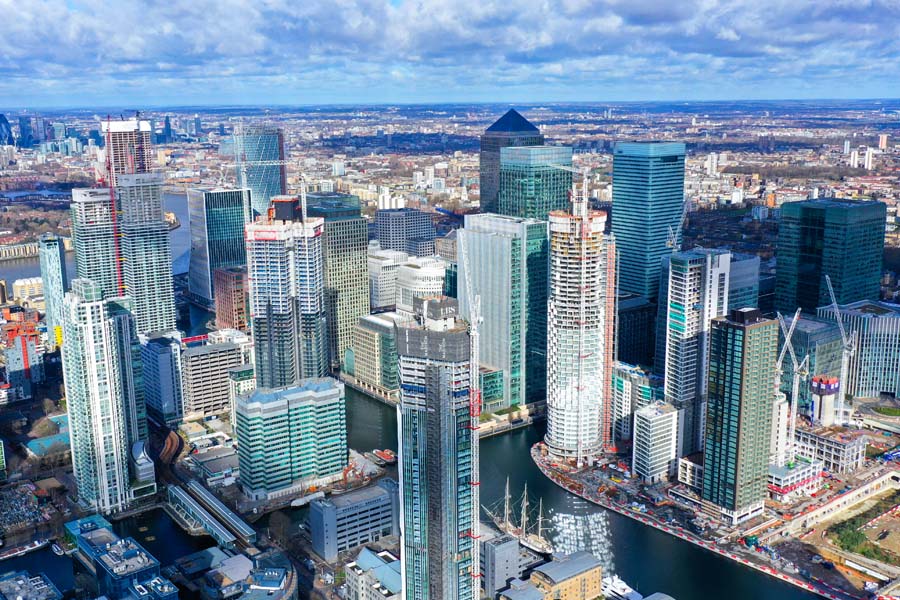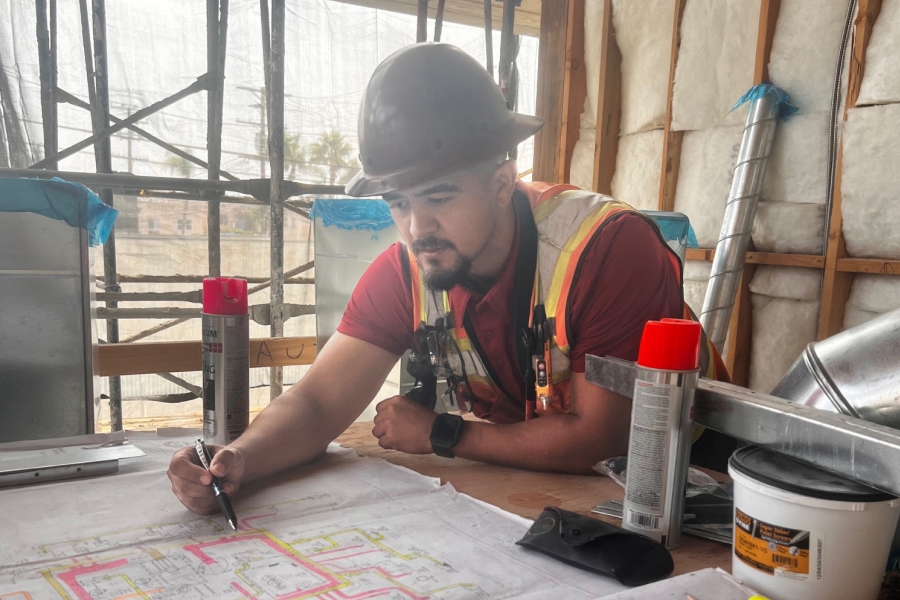Rapidly Increasing Densification
Despite a declining birth rate in some parts of the world, the global population is expected to rise from around 8 billion today to more than 11 billion by the end of this century.
A consequence of this increase is likely to be that cities will get much larger, piling the pressure on already-stretched resources, not least the land on which new homes will need to be built and the services and amenities that will cater to a growing population.
The question of how support such a population increase without unduly impacting the environment—both built and natural—has occupied planners, architects and engineers for decades. As many cities become larger some will spread where land allows, while others will become denser.
The United Nations (UN) reports the average global population density has virtually trebled in the past 70 years, rising from 19.5 people per square kilometre in 1950 to almost 60 in 2020. While not all of this is focused around cities, the question of how to absorb an increasing population in urban areas is certainly a challenge.
What Is Densification?
Densification is a technical term used by those in the construction industry to describe the increasing population density in urban areas.
Overcrowding Concerns
Some fear such urban densification will lead to a repeat of the sort of overcrowding witnessed in UK cities during the Victorian era. According to the United Nations, critics of rapid urbanisation argue that it results in a growing number of slum dwellers, inadequate and overburdened infrastructure and services, worsening air pollution and unplanned urban sprawl.
Others have long believed densification to be part of the solution to these issues, helping create healthy outcomes and bolstering sustainability. More than 60 years ago US urban theorist Jane Jacobs named density as one of her four key ingredients for thriving and diverse cities, stressing that “there must be a sufficiently dense concentration of people, for whatever purposes they may be there. Crucially, this includes a dense concentration in the case of people who are there because of residence.”
The cities of tomorrow will cater to larger populations, and those responsible for delivering the built environment will need to be at the top of their game to ensure their needs are met responsibly.
Bluebeam spoke to Earle Arney, founder and chief executive of architect practice Arney Fender Katsalidis, to get his thoughts on densification and how it can help mitigate many of the challenges facing the world today. AFK’s projects include the 100 Bishopsgate office development in London and Campo Urban, Rome’s first carbon-negative and car-free mixed-use urban district (pictured) being developed on old railway sidings in the city.

Built Blog: What does density mean to you?
Earle Arney: I’d start off by saying that density is misunderstood. For some it conjures up Dickensian overcrowding, disease and slums. But it’s poor design, not density, that leads to impoverished neighbourhoods. Density is highly sustainable and it’s healthy, which is particularly paramount at this time of the COVID-19 pandemic. Density enables better management of resources, the provision of amenities, health care and hospitals. A recent World Bank report found that it was about proximity and accessibility to services and goods; density enables all that stuff to happen. So it’s actually a way of driving—when that is accompanied by good design—healthy outcomes in terms of what cities provide. And the city is the most sustainable construct that we have in terms of habitation, particularly when you think about land use and optimising existing transport patterns. With cities, and with densities, there’s an economy of scale, which is really key.
Built Blog: What’s the challenge for you as an architect when dealing with negative attitudes toward densification and how these can be overcome?
Earle Arney: Judging by our experience, we’re pretty much pushing at an open door in terms of the consent of authorities when it comes to density. This is particularly the case working in Greater London, where there’s such a massive housing crisis. I don’t feel that’s where the opposition to density is. Yes, there is a perception issue for some people who live in and experience some neighbourhoods, on all levels and scales. I think that we would do really well as a society to communicate and celebrate those examples of good density. I’m talking about those that have great public spaces, buildings that have really active ground floors and places that have a whole lot of communal and shared facilities.
The impediments and resistance that density faces can be overcome by showing examples of where it works. Consent authorities see the value in creating homes. Density is a great way of doing that and, at the same time, keeping the really wonderful things that make London what it is—not least its green space, with its benefits for physical and mental well-being. If you were to argue that density is bad and push to build wherever we can, our city will build out over the greenbelt. We’ll have longer commuting times, we’ll use more resources on transport, and there will be a massive mental and physical health impact.
Built Blog: So planners get it, but what about others?
Earle Arney: Politicians can be cagey, given the perceptions around overcrowding, and some of the public can be skeptical. But the impact of density goes beyond the idea that it will merely result in lots of tall buildings or overcrowded neighbourhoods. Some cities, like Perth in Australia, where I was born, are built on a suburban model. There is a sense that if you’ve got more people living closer together it’s going to contribute to the spread of something transmittable like COVID-19. If you’re living in a rural or even a suburban area, and say you’ve got COVID-19, you’re going to have to travel some distance to get to a health care centre. Some of that might have to be on public transport. But in a dense city you have a greater range of services and amenities that can be accessed easily and quickly. There are many dimensions that go to disprove the assumption that density is bad. There’s also this misunderstanding that density is about overcrowding. It’s not. No one would argue that Kensington and Chelsea, one of the densest boroughs in London, is overcrowded. It isn’t.
Built Blog: Can you give us a good example of densification?
Earle Arney: Yes. Aside from obvious ones like Manhattan, you’ve got Melbourne. In the 1980s, Melbourne’s central business district would be deserted after 5 p.m. There were 2,500 people per square kilometre. Compare that to Notting Hill, which has around 15,000 people over the same area. There were no amenities or services. Fast forward 40 years, and Melbourne has for many years been ranked as the most livable city in the world. It’s not all about density, but it is a factor, moving from 2,500 people per square kilometre to 16,000 people. That is a massive shift, and it was led by local politicians who recognised the need to improve Melbourne. You need the political will to help drive these ambitions.
Built Blog: Does densification mean lots of tall buildings?
Earle Arney: No. Richard Rogers nailed the argument in his 2000 book, “Cities for a Small Country.” He highlighted three models: suburban, mid-height model and high rise, all featuring the same population, but using different land areas. Rogers talked about working within the grain of cities, restoring their compactness, reviving high-density environments that followed familiar patterns. Like I said, we need to create and organise city centres where people can more easily access services and amenities.
Built Blog: Can densification help reduce carbon emissions?
Earle Arney: We all know about reducing the embodied and operational carbon of buildings. But the carbon emissions issue is also about the efficiency of land use and the effective use of infrastructure and transport that already exists. We have incredible infrastructure in the UK, and it is our responsibility as people who shape cities to make sure that we use it well. Density and infrastructure are perfect bedfellows, because density enables efficient use of land and helps to reduce the carbon impact of transport systems.











